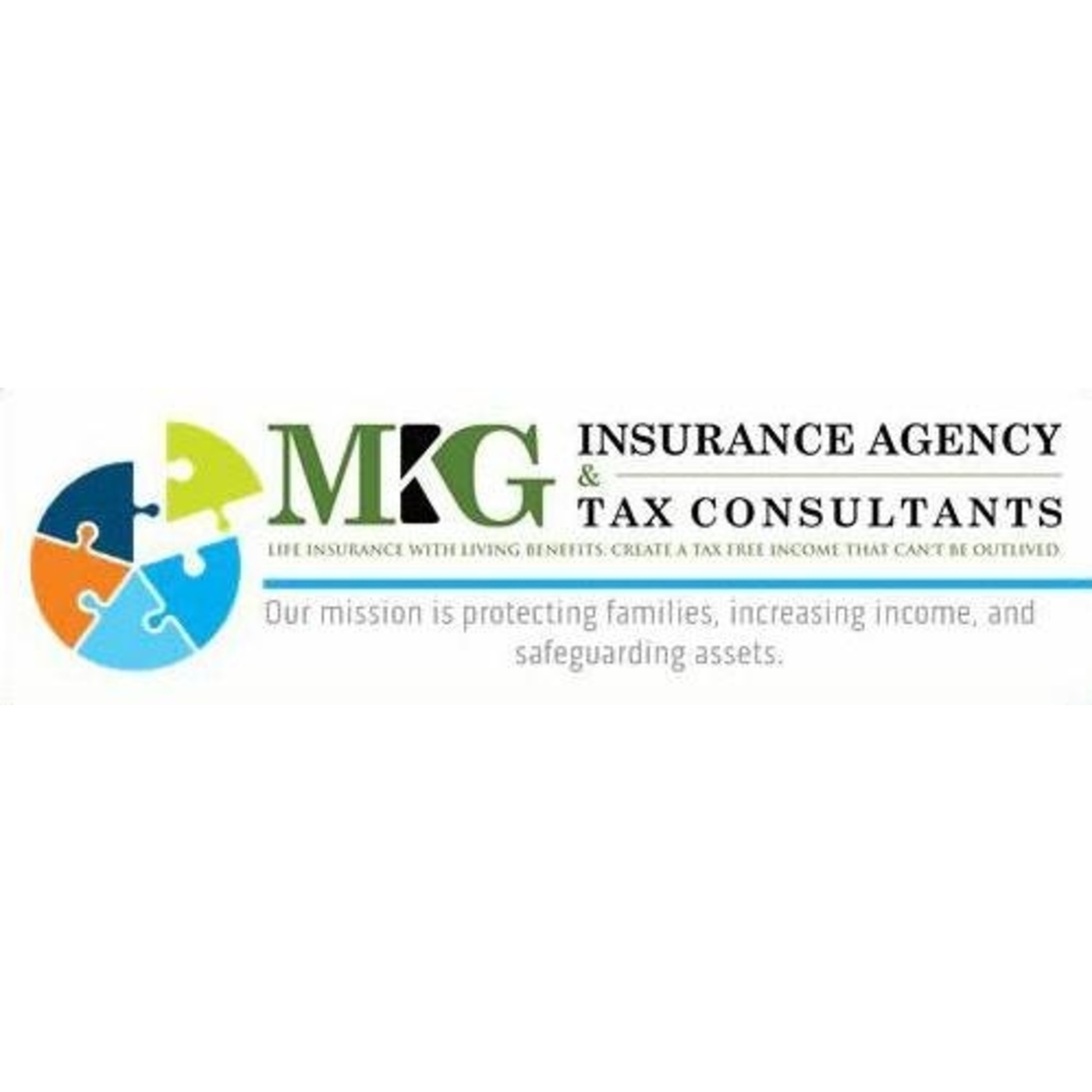full
Cashflow Quadrant The 4 Ways Produce Income
E – Employee
An employee has a job. This is where most people earn their income. The job itself is owned by a business, which could be a single person or a large corporation. The employee gives his or her time, energy, and skills to an employer in exchange for a pay check and benefits.
Employees can make a little or lot of money. But when an employee stops working (or when the business stops), their income stops, too.
This long-term lack of control over income is the primary problem of the E quadrant. An employee’s financial destiny, security, and freedom is dependent upon the whim and the success of their employer.
S – Self-Employed
Many employees get tired of their lack of control and choose to work for themselves. The self-employed still work, but they own their job.
The S quadrant includes dentists, insurance agents, restaurant owners, realtors, handymen, and many other trade workers. Many self-employed people earn very large incomes, but like the employee, when they stop working so does their income.
Self-employed people do have a lot more control than an employee, but that also means they have more responsibility. As a result, success usually means working harder and working longer. Over the long run this can lead to burn out and fatigue.
B – Business Owner
Those in the B quadrant own a system and lead people. The systems and people who work for the business can run successfully without the business owner’s constant involvement.
The same types of businesses could be run by S owners and B owners. For example, a plumber could own and work in his own plumbing business, or a business owner could create a plumbing business and hire quality plumbers, administrators, and a manager to run the systems of the plumbing business.
The wealthiest individuals in the world typically own businesses. These include Bill Gates of Microsoft, Jeff Bezos of Amazon, and Mark Zuckerberg of Facebook.
I – Investors
Investors own assets that produce income. This is the quadrant for truly passive income.
Investors in this quadrant have usually accumulated money earned in one or more of the other three quadrants, and they let the money go to work and produce even more money for themselves.
Investors often purchase shares of companies owned by those in the B quadrant. The capital from the investors helps to fuel the systems created by the business owner, and this fuel can lead to even greater growth (and more income) for everyone involved.
There are multiple paths to financial independence, but most of them ultimately lead to the right side of the quadrant – B and I. So, if you want to achieve greater financial independence and freedom, it will pay to start learning the skills and mindset required to make this move to the right side.
Become a guest on MKG Tax Consultants News, View Points, Taxes & Finances podcast covers the latest trends in the market from real estate, taxes, finances, crowdfunding, crypto investing, wealth building strategies and asset protection with a mission driven purpose to strengthen our community by closing the wealth gap created by systemic disparities in the financial industry.


